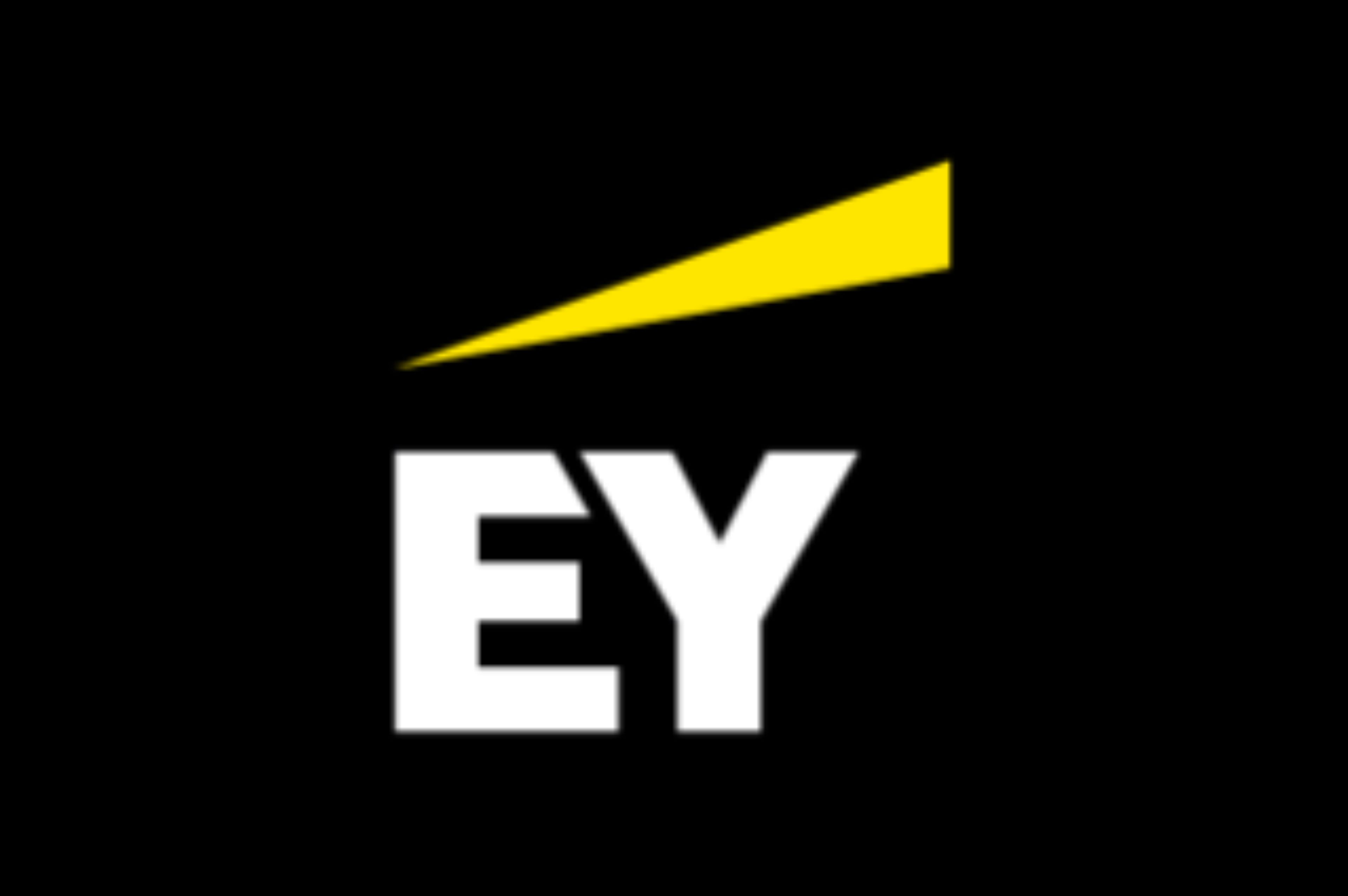EY Law LLP is a Canadian law firm, affiliated with Ernst & Young LLP in Canada. Both EY Law LLP and Ernst & Young LLP are Ontario limited liability partnerships. For more information about the global EY organization please visit www.ey.com.

Tax Alert 2024 No. 01, 3 January 2024
In a news release dated 21 December 2023, the Canada Revenue Agency (CRA) provided an update on the process for claiming home office expenses for the 2023 taxation year. The CRA provided additional details in Guide T4044 – Employment Expenses 2023, which was released on 15 December 2023.
For the most part, the process for 2023 will be substantially similar to the process that was in place prior to 2020, with some notable changes for administrative efficiency.
In this Tax Alert, we provide a brief overview of the guidance provided to date with respect to claiming home office expenses for 2023.
Background
The Income Tax Act (the Act) provides that employees are not able to claim certain deductions against employment income, including home office expenses, unless they have a form from their employer confirming that the conditions for the deduction have been satisfied. Form T2200, Declaration of Conditions of Employment, has traditionally served this purpose. Due to the number of employees working from home during the COVID‑19 pandemic, concern was expressed that this requirement would impose a significant administrative burden on employers.
In response, the CRA made the following two alternative methods available for employees to claim home office expenses for the 2020, 2021 and 2022 taxation years:
- Detailed method – This method was similar to the historical method for deducting home office expenses, except that the category of eligible expenses was expanded to include reasonable home internet access fees. Under the detailed method, an eligible employee could claim the actual home office expenses paid. The CRA introduced an abbreviated version of Form T2200 (Form T2200S, Declaration of Conditions of Employment for Working at Home Due to COVID‑19) for employees seeking to claim only home office expenses under the detailed method. Employees required to work from home for reasons other than COVID‑19 and employees claiming employment expenses other than home office expenses, such as motor vehicle expenses, were required to obtain a completed and signed Form T2200 from their employer.
- Temporary flat rate method – This method provided a deduction of $2 for each day worked from home due to the COVID‑19 pandemic. The maximum an eligible employee could claim using this method was $400 (i.e., 200 working days) in 2020 and $500 (i.e., 250 working days) in 2021 and 2022. A completed and signed Form T2200 or Form T2200S was not required for employees to claim a deduction under the temporary flat rate method.
What’s new for 2023?
To date, the CRA provided the following details on the process for claiming home office expenses for 2023:
- Temporary flat rate method – This method does not apply for the 2023 taxation year. Therefore, employees must use the detailed method and obtain a completed Form T2200, reviewed and signed by their employer, to claim home office expenses for 2023.
- Form T2200 – The CRA is updating its webpages and Form T2200 for the 2023 taxation year. The updated form, which will be available at the end of January, is expected to be easier for employers to complete where the employee is only seeking to claim a deduction for home office expenses.
- Eligible employees – Employees who worked from home in 2023 are generally eligible to deduct home office expenses paid that were directly related to their work if they were required to work from home and worked from home more than 50% of the time for a period of at least four consecutive weeks in the year. This condition relieves the need for employers to closely monitor where the employee worked over an extended period of time and is consistent with the position taken by the CRA since the 2020 taxation year. Home office expenses reimbursed by the employer are not eligible for the deduction.
The employee must be “required” to work from home. This requirement does not have to be part of the employee’s employment contract and may be a written or verbal agreement.
- Eligible expenses – Reasonable monthly home internet access fees continue to be eligible expenses for 2023. Information on eligible and non-eligible expenses is available on the CRA’s website.
- Employer signature – For 2023 and later years, employers are not required to provide a handwritten signature on Form T2200; the CRA will accept an electronic signature on this form. This change is the result of an amendment to the Act implemented by Bill C‑47, Budget Implementation Act, 2023, No. 1.1
Quebec harmonization
Revenu Québec largely harmonized its rules for home office expenses with the federal rules for the 2020, 2021 and 2022 taxation years and, consistent with the federal rules, the flat rate method will not apply for Quebec provincial income tax purposes for 2023.
As a result, the 2023 version of Form TP‑64.3, General Employment Conditions (the Quebec equivalent of Form T2200), no longer accounts for circumstances where employees are required to incur expenses related to working remotely during the COVID‑19 pandemic. Previously, where the employee only incurred such home office expenses, the employer could skip most of the Form TP‑64.3 questions and go directly to a new section where they were asked to answer questions that were very similar to the questions on Form T2200S.
Practical considerations
Many employers have implemented work-from-home policies for their employees, especially since the COVID‑19 pandemic. For that reason, and due to the elimination of the temporary flat rate method for the 2023 taxation year, there is expected to be an increase in employee requests for their employers to issue Form T2200 for 2023. Furthermore, Form T2200S, which was less onerous for employers to complete, is not available for 2023. Accordingly, employers should be prepared to potentially have to issue Form T2200 to a large number of employees who meet the necessary conditions. The leading practice has traditionally been to issue Form T2200 around the time of issuance of Form T4, Statement of Remuneration Paid.
Over many years, EY has been at the forefront of a technology-enabled solution to ease the potential administrative burden of completing Form T2200 for employers. This solution is being refreshed to accommodate the CRA’s update on the process for claiming home office expenses for 2023.
Upcoming webcast
On Wednesday, 10 January 2024, EY will be hosting a webcast to discuss the CRA’s recent updates on Form T2200 and home office expenses, and how these changes may affect your business. Register here.
Learn more
For more information, contact your EY or EY Law advisor, or one of the following professionals.
Edward Rajaratnam
+1 416 943 2612 | edward.rajaratnam@ca.ey.com
Lawrence Levin
+1 416 943 3364 | lawrence.levin@ca.ey.com
___________________
- This measure is effective as of 22 June 2023. For more information on measures included in Bill C‑47, see EY Tax Alert 2023 Issue No. 27.
Download this tax alert
Budget information: For up-to-date information on the federal, provincial and territorial budgets, visit ey.com/ca/Budget.

